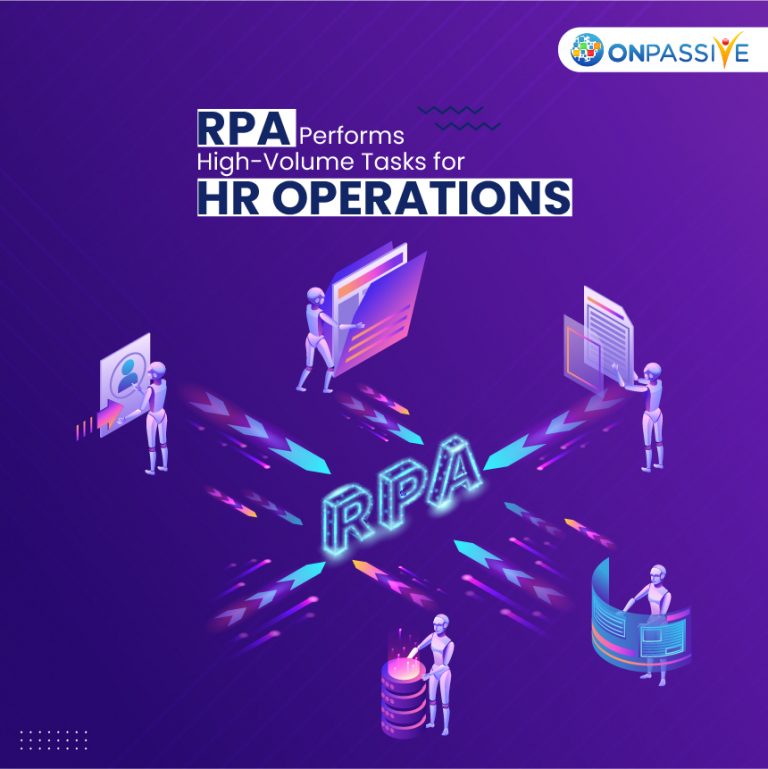
Any company, big or small, runs the business using a variety of resources. Capital consists of cash, valuables, or commodities for which a company generates revenue. All businesses however do have one thing in common, regardless of industry i.e., they should have employees who work for them. And this requirement is fulfilled by the human resource management (HRM) in the company. Human resource management is a crucial component of every company. Let us understand role of HRM and use of HR Automation in any company.
Role of HRM
The method of recruiting, hiring, deploying, and handling an organization’s employees is known as human resource management (HRM). Human resource management (HRM) is a term that is often used interchangeably with the term “human resources” (HR). Check out the list of key roles played by the HRM in organizations:
- Recruitment & Selection of an employee
- Developing Workplace policies
- Compensation and Company Benefits
- Retention
- Training the Employees
- Dealing with Employment-Related Laws
- Safeguarding Employees
- Communicating with the Employees
Use of HR Automation
HR automation increases the efficiency of the HR department by releasing employees from repeated manual activities to focus on more complex tasks, including decision-making and plan formulation.
Automation in Human Resources has several advantages, such as the ability to minimize printing and data stores costs while providing easy access to digital files anywhere at any time and from any place. Software like RPA is a great way to boost HR’s data processing capabilities.
If you want to automatically administer your company and hire your resources using an in-depth AI-enabled next-gen tool, O-Staff by ONPASSIVE is your idle product. O-Staff is a cost-efficient and reliable HR relief.
Use of RPA in HR Department
RPA stands for robotic process automation, and it is a software technology that simplifies rule-based, high-transactional HR processes with little or no human interaction. RPA in HR operations entails making a software robot performed particularly, repetitive operational activities on behalf of HR employees.
Check out the top 5 scenarios in HR where RPA is used:
Hiring:
The most time-consuming activities during recruiting are CV screening and applicant shortlisting. RPA bots can collect online application forms and screen resumes. Using pre-defined guidelines or RPA plugins along with machine learning capabilities, HR can compare the candidate data to all applicable job requirements.
Employee Background Verification:
Cross-checking the data of interviewed applicants against various sources is needed for employee background verification. Companies can gather needed employee background information from input sources and cross-check it with backend databases using an RPA bot. The bot then generates reports without the need for human involvement and can flag applicants for which it is unable to check their job records.
Employee Data Management:
When it comes to HR-related tasks, one of the most important fields is employee data management. It usually necessitates comprehensive and effective actions across a variety of databases. Robotic process automation can make activities like workforce management. Data cleansing activities can also be performed by robots daily to ensure data consistency across various databases.
Onboarding Automation:
HR professionals have many tasks including setting up a new user account and email address for new employees, as well as granting access to necessary information, software, and IT equipment during the onboarding process. They must combine data from multiple systems to complete all these tasks. This is where RPA comes into action. During the onboarding process, RPA bots will make rules-based decisions to simply onboarding new employees.
Payroll Process:
Payroll management is one of the most tedious and repetitive HR activities that most businesses cannot avoid. Payroll management by hand can also lead to numerous errors due to the large quantities of data entry required on a regular basis. Due to its ability to capture and link data from various systems such as HR and employee management, time tracking, accounts receivable, and general ledger, RPA in HR can help to streamline this process.
Conclusion
To summarize, the technology aims to provide more engaging jobs and a clear competitive advantage to companies by freeing humans from repetitive and monotonous work. Error reduction, reliable analysis and reporting, and simplified HR processes are all advantages of robotics in HR. To know more about HR Automation, contact us.


